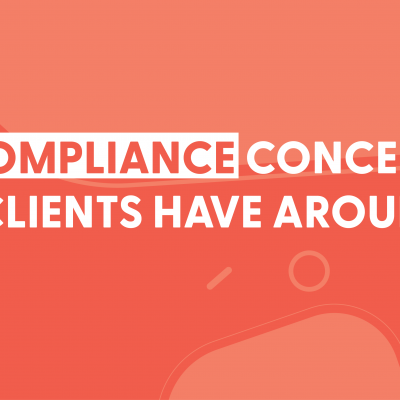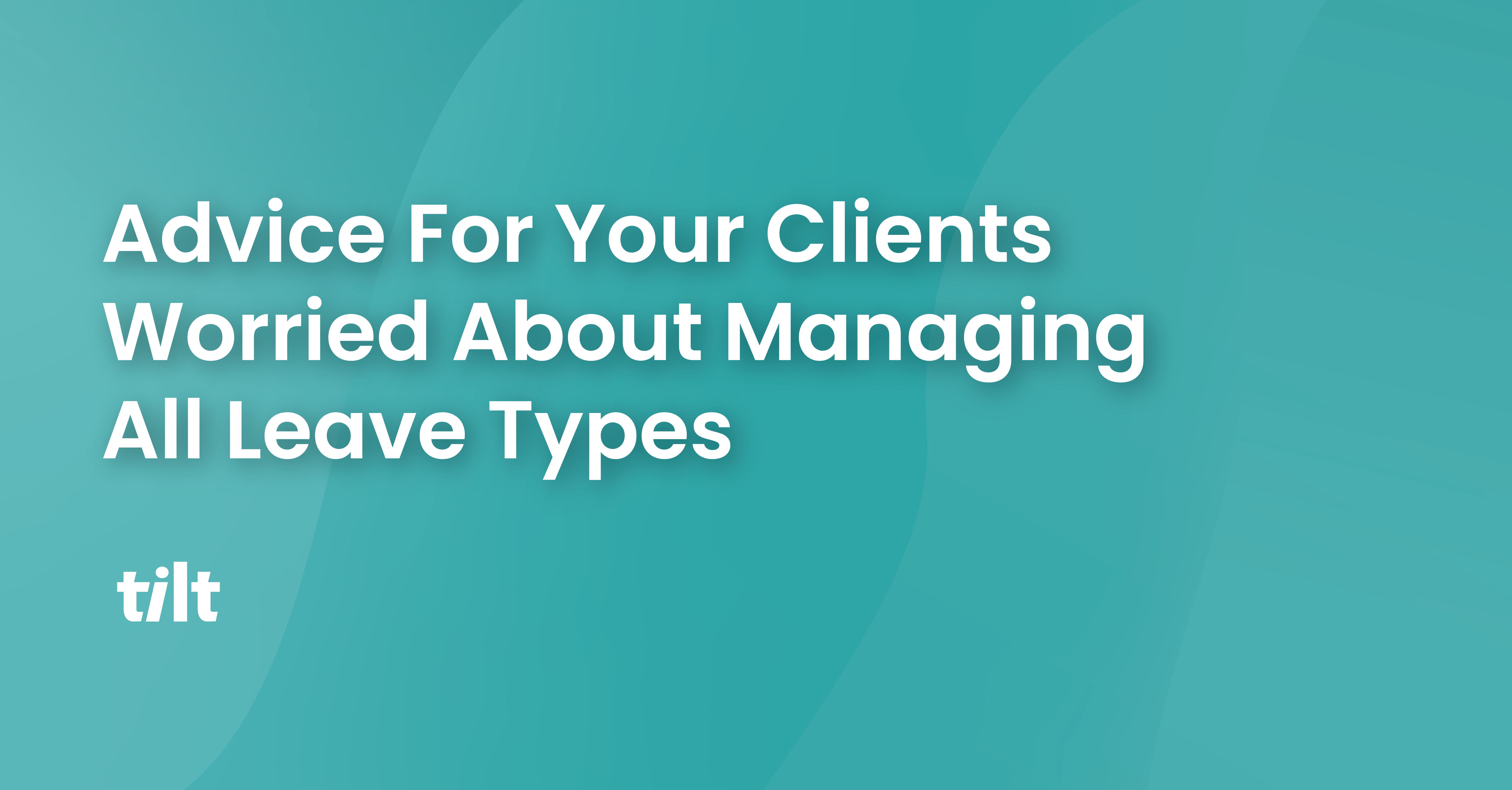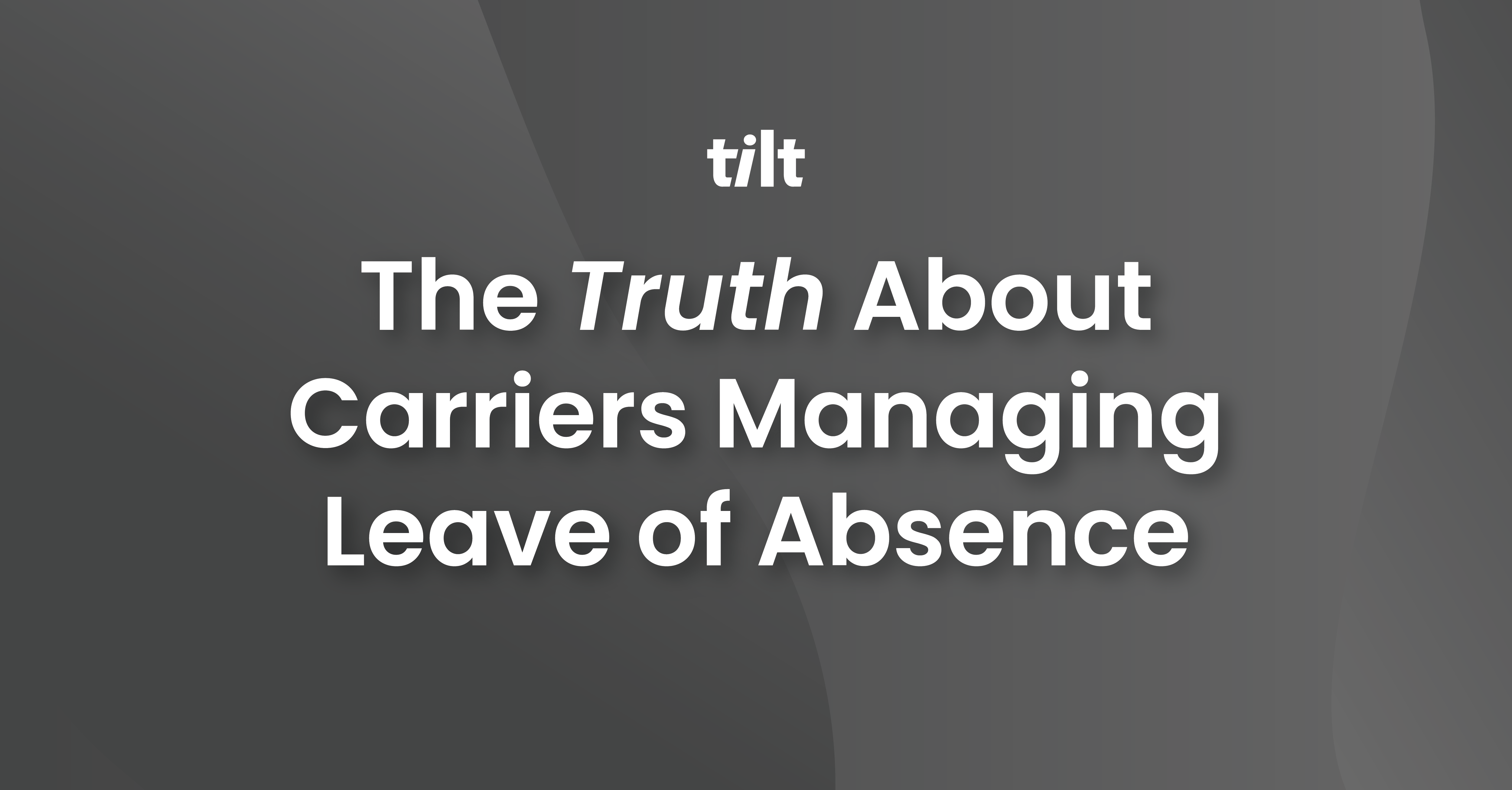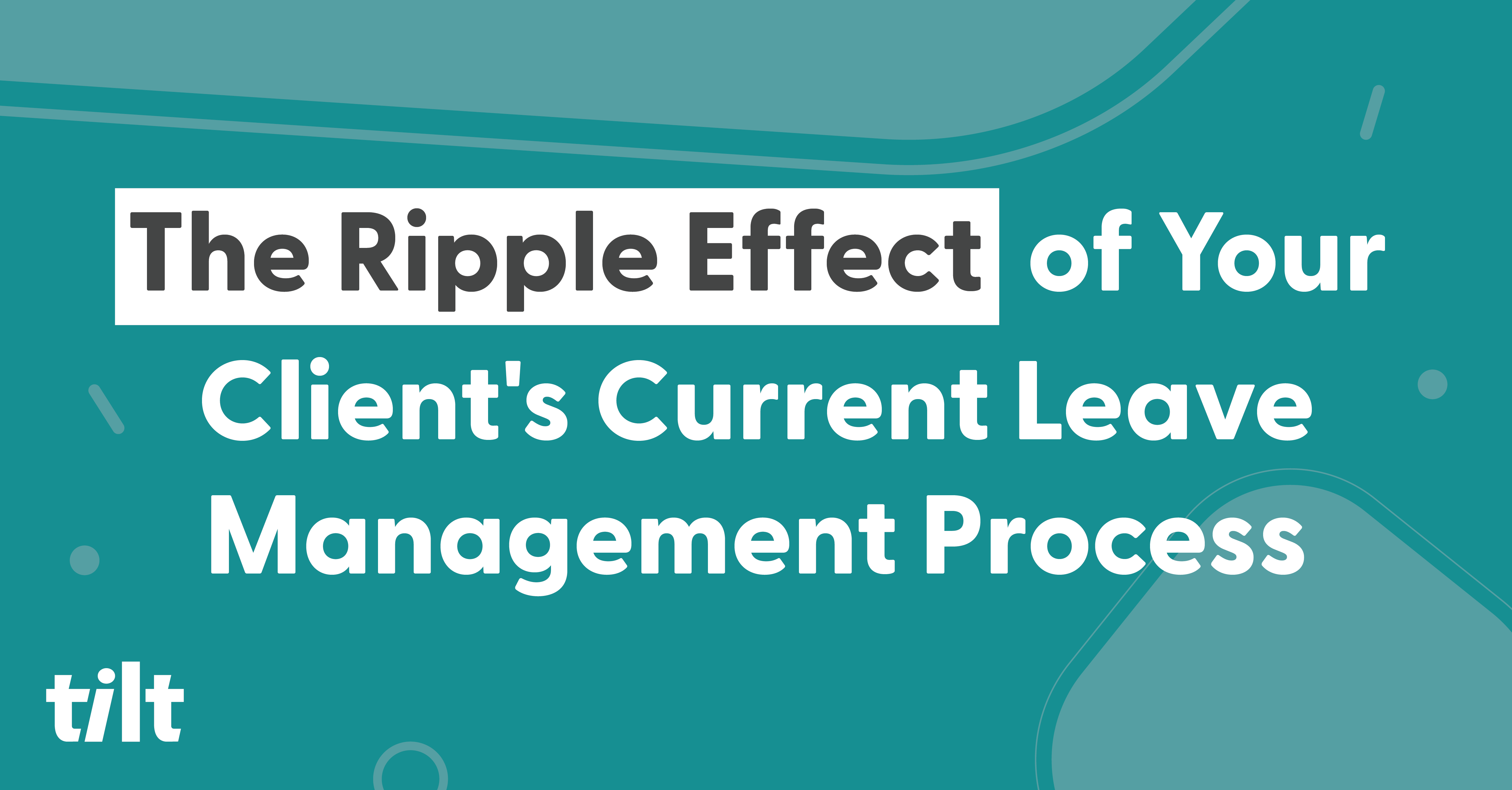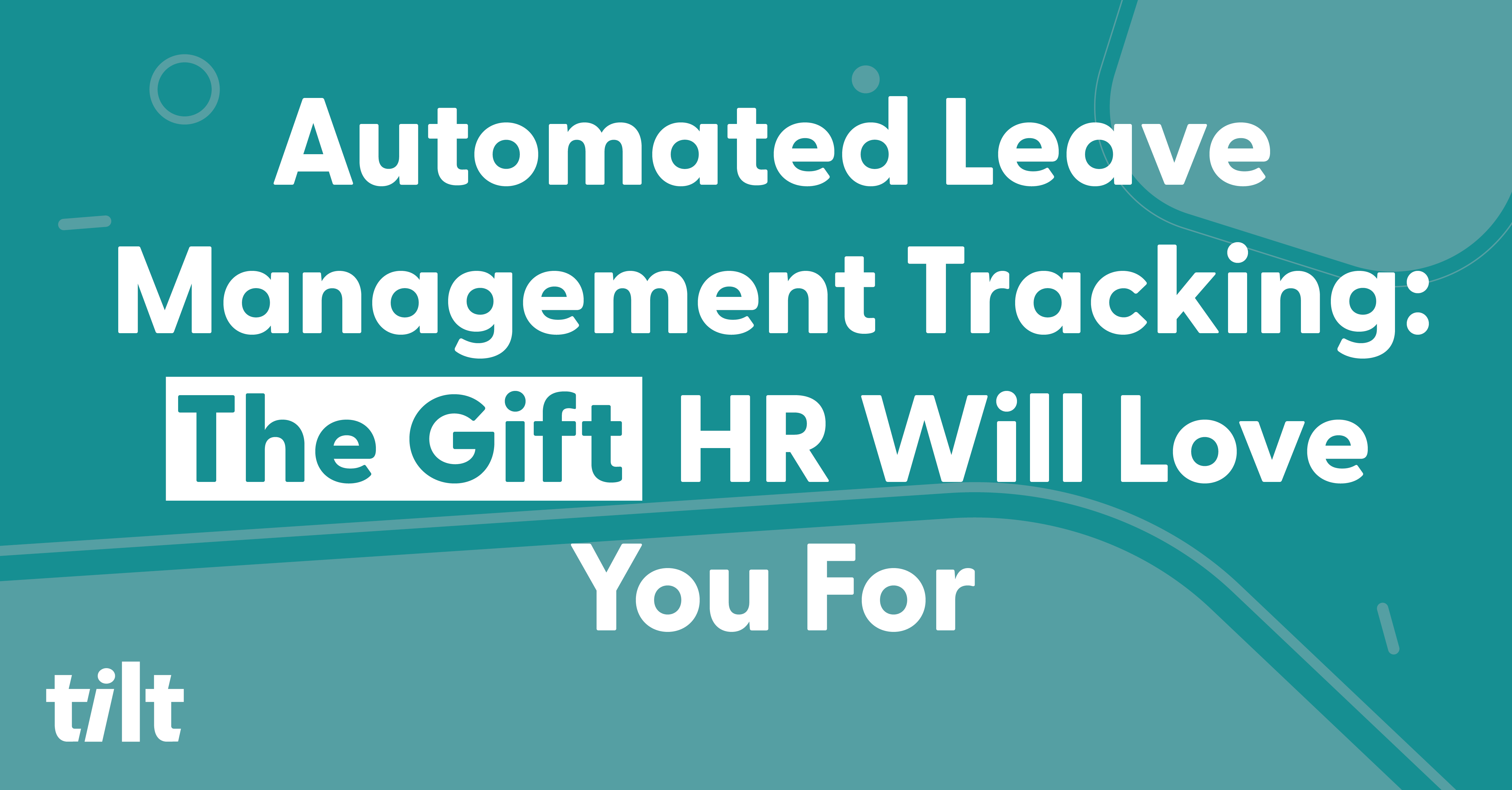Com-pli-ance are the three scariest syllables keeping your clients up at night. People Ops professionals have a slew of responsibilities that require diligence in order to ensure their organizations stay compliant, and managing their employee population’s leaves of absence a rife with potential pitfalls.
Understanding your clients’ compliance concerns as it pertains to leaves of absence will help set you up for success in establishing a relationship built on trust and effective support.
1. Knowing the latest applicable leave of absence laws
One of the biggest compliance concerns your clients have is making sure they are administering every leave of absence in accordance with the latest State and Federal regulations. Depending on the type of leave being taken, they must have familiarity with everything ranging from the Family and Medical Leave Act (FMLA) to the Pregnant Workers Fairness Act (PWFA). Federal and state laws provide certain rights and protections for eligible employees and if the rules aren’t followed the employer could face legal ramifications and fines.
Staying up-to-date with the latest leave of absence laws is a lot of work and breeds a steady stream of uncertainty in the minds of your clients. Providing them a solution backed by leave law experts takes their guesswork out of the equation and ensures their employees are being lawfully supported and protected throughout their leave.
2. Documentation and notice requirements for leaves of absence
With everything going on in your clients’ day, it can be easy to overlook some very important elements to managing a leave of absence. For example, depending on the scenario employers may be required to provide employees with information regarding their rights and responsibilities related to their specific leave of absence. They may be legally required to provide the employee with details about the applicable leave laws, the process for requesting the leave, the duration and benefits associated with the leave, and any required documentation such as their doctor’s medical certification. Failing to do so in a timely and accurate manner can leave your clients cooking in some hot water.
Providing manual notifications to every employee taking a leave about rights and responsibilities and documentation of any applicable paperwork can be a nightmare administrative scenario for your clients. They’re looking for the kind of support that simply does all of this for them because as leave requests rise, the burden of this concern only gets worse.
3. Manager misbehavior leading to claims of discrimination or retaliation
What’s out of sight can have your clients losing their minds. Even if your client is managing leaves and painstakingly crossing every “t” and dotting every “lower-case j” they still run the risk of having an employee’s manager run afoul throughout the leave journey. Whether it’s threatening job stagnation or termination, fumbling the return-to-work transition by not bringing them back to an equivalent position, or sending non-compliant communications to an employee while on leave, managers are major compliance concern that can rear its head at any moment.
Manager education can be time-consuming and is vital. Educating managers about their direct report’s specific leave, what it means, how long they’ll be gone, and the do’s and don’ts of a leave of absence behavior can be crushingly complicated, yet is critical to staying out of legal trouble.
4. Inconsistently managed leaves of absence
The inconsistent management of leaves is a constant worry for your clients. If they apply different standards or treatments to employees requesting leaves of absence based on protected characteristics such as race, gender, religion, disability, or age, it can lead to allegations of discrimination. If an employee has grounds to argue that they were not granted leave or provided with the same benefits and protections as others it can damage employee morale and lead to legal disputes.
To mitigate these risks, HR departments should establish clear policies and procedures and have the mechanisms in place to apply them consistently. Not. Easy. They also should establish training materials to educate the organization on legal requirements and company policies so that everyone throughout the organization is on the same page when an employee takes a leave so they can avoid inconsistently managed leaves.
5. Leave as an accommodation
Your clients might be required to provide leave of absence as an accommodation to employees if they’ve determined the employee’s circumstance qualifies under applicable laws like the American Disabilities Act (ADA) or the PWFA. It’s your client’s responsibility to determine whether or not the accommodation request is reasonable, and understanding how and when the ADA applies to a leave of absence, for example, is not always straightforward. As for the PWFA, which is set to go into effect on June 27, 2023, a reasonable accommodation must be provided to workers for known limitations related to pregnancy, childbirth, or related medical conditions.
On top of that, if the requested leave of absence is determined to be a reasonable accommodation, communicating the decision to the employee in writing, specifying the duration and any other relevant details need to be executed in a timely manner and documented.
Leave as an accommodation is a tricky situation your clients find themselves in quite a bit, so it’s important for them to consult with leave experts to ensure they’re staying compliant with all applicable laws and regulations throughout the process of providing a leave of absence as an accommodation
About Tilt
Tilt is leading the charge in all things leave of absence management through easy-to-use tech and human touch. Since 2017, our proprietary platform and Empathy Warriors have been helping customers make leave not suck by eliminating administrative burdens, keeping companies compliant, and providing a truly positive and supportive leave of absence experience for their people.

